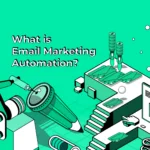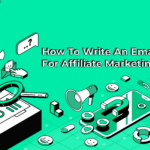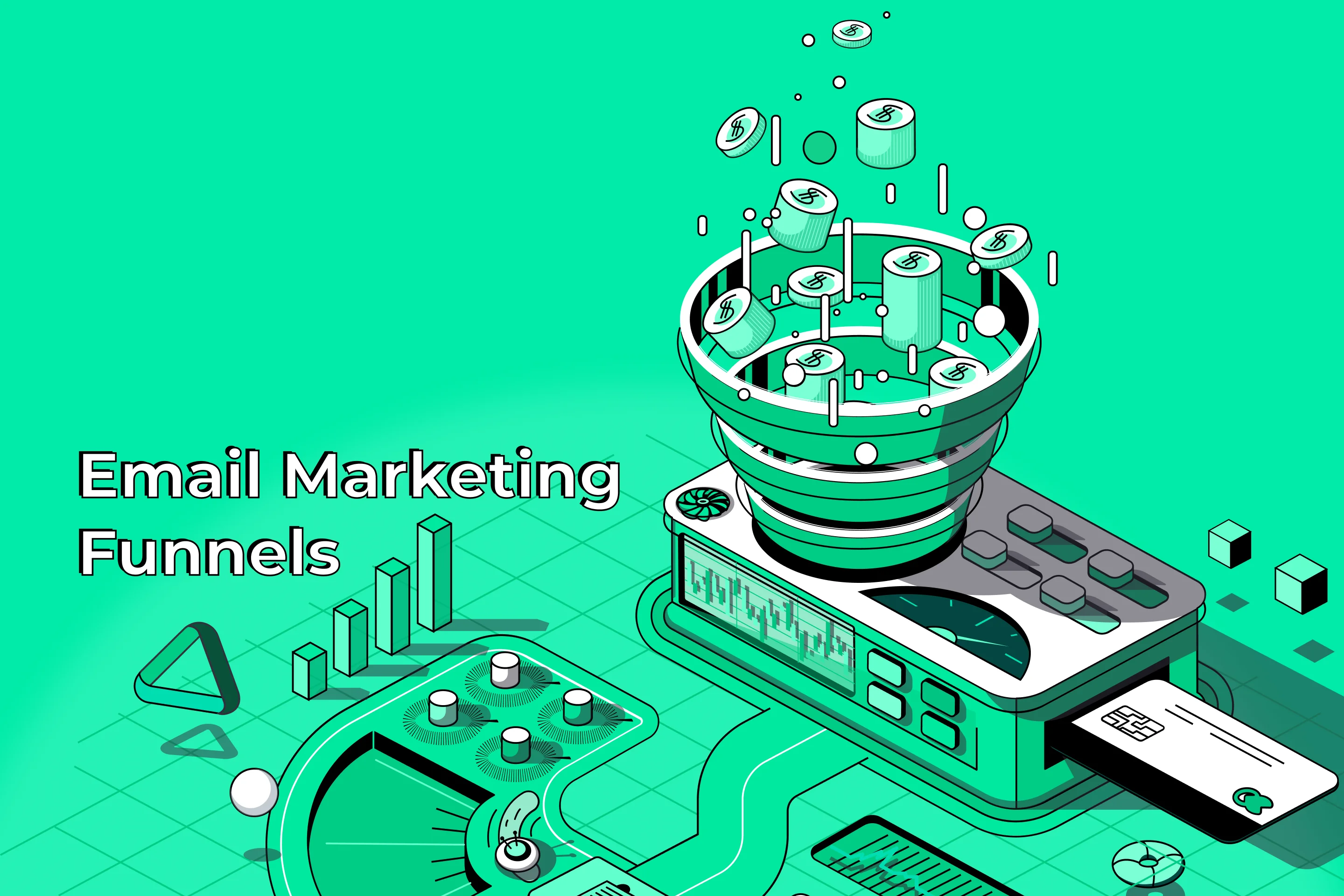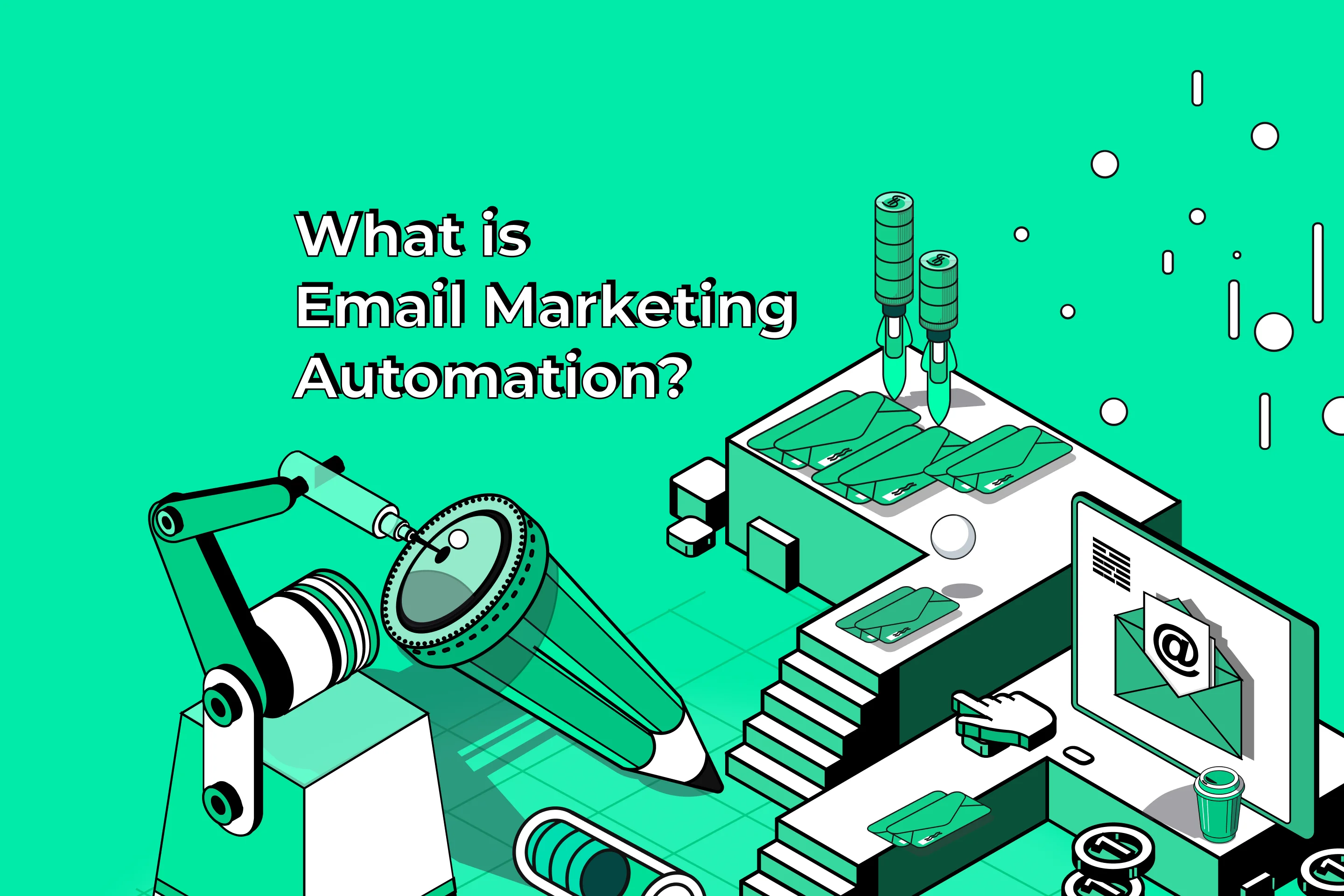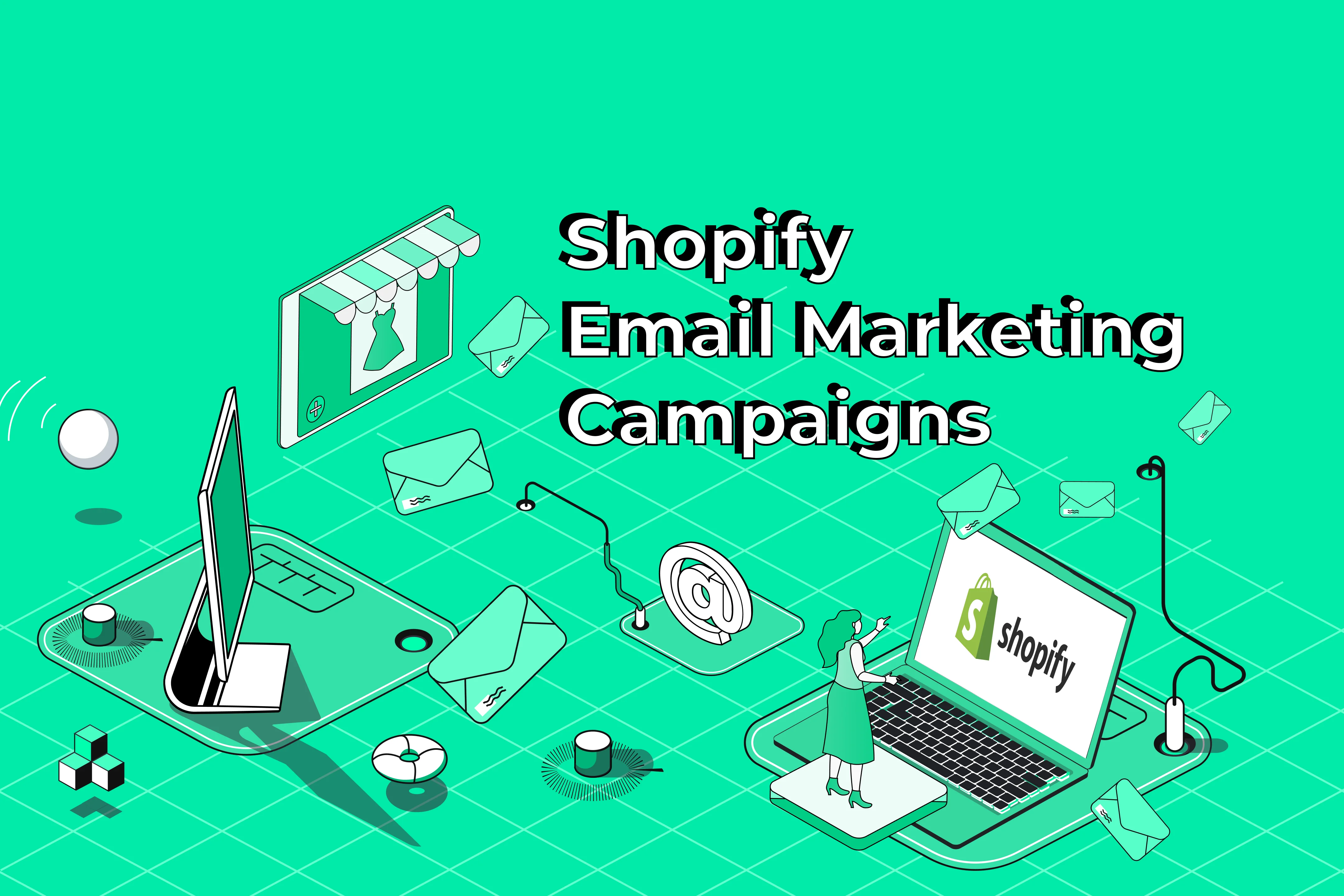5 Ways to Scale Up Your E-commerce Marketing This Year
No business can thrive without marketing. For e-commerce, it’s a critical part of a store’s success. With global online retail sales set to reach over $2.7 trillion this year, now is the time to focus on strategy.
Competition for the e-commerce market is fierce and stores are all vying for attention. How can you make sure your business gets ahead of the others? Awesome products and great customer service are undoubtedly two integral factors. But it’s your marketing – how you engage with your customers – that keeps them coming back and turns them into loyal followers of your brand.
In this guide, we’ve put together a list of hot tips to scale up your e-commerce marketing this year. Read on to discover
1. Marketing Plan
As the famous adage says: “A failure to plan is a plan to fail.” When strategizing your e-commerce marketing efforts, it’s always a good idea to come up with a plan. Without one, your promotional output is likely to be reactive rather than proactive. Coming up with a set of targets and a plan to reach those targets will enable your business to dictate its own direction.
Set Targets
The first step in creating any plan is to identify your goals. What do you want your business to get out of your marketing strategy?
- Creating or penetrating into a new market
- Increase existing market share or entering a new country
- Boost your social media profile
- Launch a new product
The overall aim of any e-commerce store should be to increase revenue and profits. You need to ensure the targets you set will help you reach your business goals. Look at the resources you have available and set your objectives according to your business needs.
Here’s an example – if your business wants to grow its revenue by 25% this year, your marketing goals may consist of the following:
- Improve email click-through rate by 15%
- Penetrate new market with product launch
- Improve customer retention by 20%
While we are grossly over-simplifying the math here, the basic idea remains true. The key is to set realistic and measurable targets to help your business achieve its primary objective of growing its revenue by 25%.
Identify Your Audience
Even if you feel you know your market and understand your customers, it’s always worth carrying out the research. This timeless article from Entreprenuer.com illustrates why you should. It’s a revealing study on different demographics within the United States. One of the key points it highlighted is that over-50s were responsible for 25% of toy purchases in the US. American grandparents clearly dote on their grandkids.
To identify your audience, consider your customers? buyer personas. The Digital Marketing Institute has a good template you can use to visualize the diverse buyer personas within your audience:
Persona name: It’s important to give your personas a name to bring them to life and humanize your marketing efforts (e.g., Joe, Sally, Larry – anything that will put a name to a particular personality-type within your audience).
Job title
- Essential information about their company (size, sector, etc.)
- Details about their job role
Demographics
- Age
- Gender
- Salary or combined household income
- Location: urban, suburban, or rural region
- Level of education
- Family size
Goals and challenges
- Main goal
- Secondary goal
- How you help your persona reach these goals
- Primary challenge
- Secondary challenge
- How you can assist in resolving these problems
Values and fears
- Main personal values
- Common objections during sales process
Marketing message
How might you describe or communicate your products or services to this particular type of person?
Elevator pitch
Elaborate on your marketing message and decide on a consistent message you will use to sell your brand to customers.
You can gather this information through surveys on your website, social media, or email marketing with DirectIQ.
2. Content
This year will see content marketing stepping up as an industry yet again. People value engaging, informative, and relevant content. Tap into this for your e-commerce business.It’s understandable to focus primarily on selling your products. After all, it’s how you generate revenue and profit. But with content marketing, you need to provide shoppers with useful information, share tips, and ideas. You should aim to position your business as an authority in your market.
A good tip is to follow the Pareto Principle, which suggests any promotional content should be 80% informative, 20% promotional.
As an example, camera specialist store B&H Photo Video deliver highly informative content to customers.
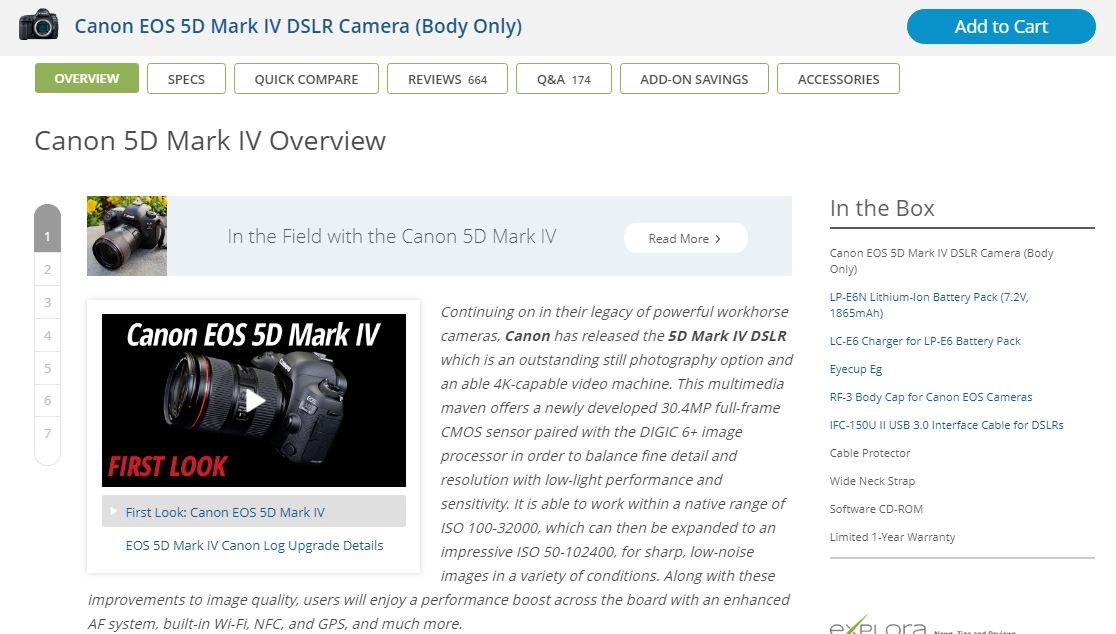 (Source: Bhphotovideo.com)
(Source: Bhphotovideo.com)
By sharing the detailed level of knowledge behind each product, B&H establish themselves as experts. This is a reassuring message for customers who will be parting with several thousand dollars for a camera. It helps build trust between shoppers and the brand, which ultimately, will lead to more sales and a better reputation for your business.
Give your site visitors as little reason as possible to go anywhere else for what you offer.
3. Email Marketing
Ignore the reports of the death of email marketing. Not only is it greatly exaggerated, it’s just plain wrong. Statistics show that email is still the most effective form of digital marketing, generating a return on investment (ROI) of $44 for every $1 spent.
How do you make the most of this using DirectIQ?
Look at Your List
The first step in scaling up your email marketing is to analyze and clean your list of subscribers. By nature, email lists grow old and stale if you do not monitor them every few months.Email addresses can become dormant, subscribers may move on and become inactive – the build-up of unhealthy email addresses will affect your deliverability and your sender ranking.At DirectIQ, we have a sophisticated email list cleaning program, so you don?t have to clean your list manually, saving you time and effort.
 (Source: Directiq.com)
(Source: Directiq.com)
Follow the step-by-step guide on how to use it here.Once you have a clean email list, you will need to segment it to allow for more targeted email marketing. There’s no disputing the value of segmented emails, proven to provide a 760% increase in revenue. So segment, segment, and segments some more to narrow down your audience. How you segment your email list will vary from industry to industry. Here are just some examples of different characteristics you could segment your subscribers by:
- Gender
- Location
- Education level
- Income level
- Interests
- Purchase history
- Age
The key is to understand your market. Consider who is most likely to buy the products you promote. If you have an email list of 10,000 subscribers, not all of them share the same interests. So split your email list into smaller, more accurate segments to maximize your returns.
Email Newsletters
Once you have taken care of the email list, you’ll be ready to send marketing emails. As mentioned earlier, it’s important to add value for your subscribers. Avoid simply using newsletters as a means to promote your products. Instead, focus on building your brand and your connection with your subscribers. Jack Daniel’s have long been masters of marketing and the below email newsletter is an excellent example.
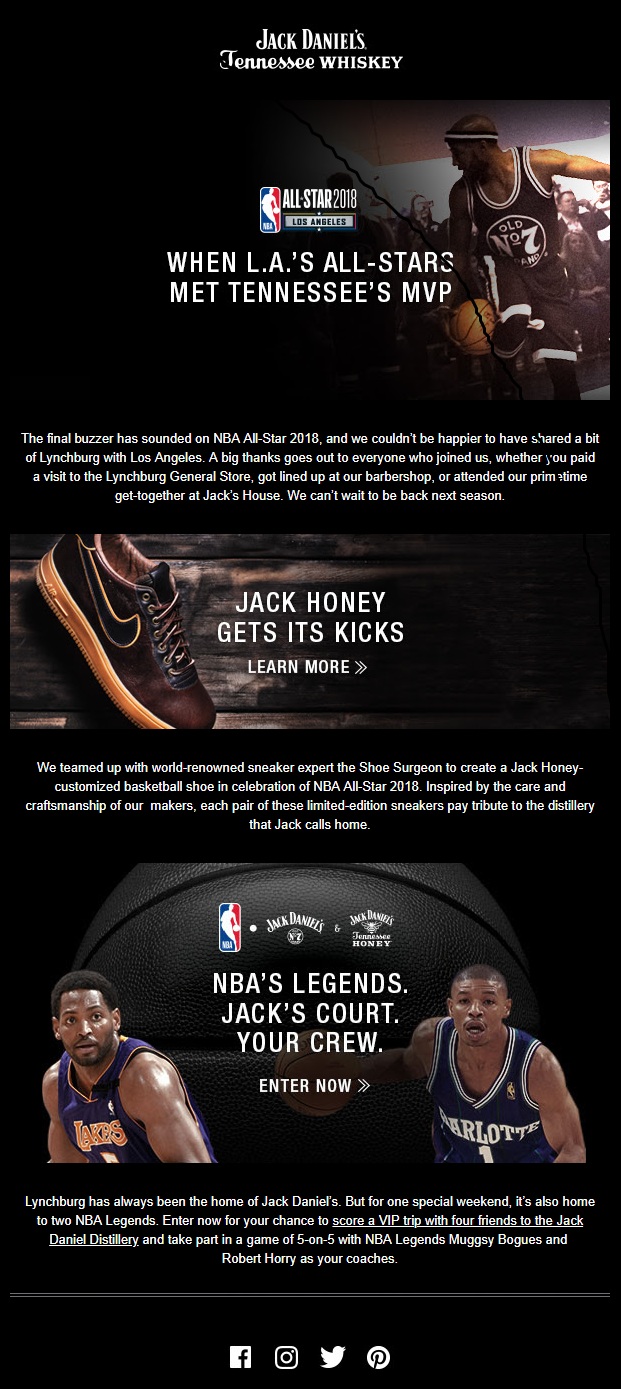
(Source: Author’s screenshot)
The first notable thing about this email is the lack of any product promotion. Not a bottle of whiskey in sight. Jack Daniel’s assume most subscribers will know about what the brand produces. The central message is a note of ‘Thank You’ to customers for supporting the NBA event sponsored by the company. The vast majority of subscribers will not have attended this event. But by letting their customers know they appreciate them, Jack Daniel’s maintain communication, connection, and presence; they associate themselves with another brand (the NBA, no less), positioning themselves as an authoritative and trustworthy company. There are also several incentives to click through and further engage with the brand. The inclusion of an opportunity to win a VIP tour of the distillery further boosts the value of this promotion.
The design of the email is, of course, synonymous with the brand. Jack Daniel’s is known for its distinctive color scheme. This has the effect of fostering familiarity. When customers open the email, they will instantly tell at a glance the brand it’s from. And the social media icons are another smart addition that make the newsletter easily shareable.
The email is fun, informative, and engaging. Create your own with DirectIQ.
4. Social Media
With 2.46 billion people actively using social media worldwide, there’s no excuse not to market your products on the most popular platforms. However, you don’t want to over-extend yourself and appear on every possible platform simply for the sake of it.
Focus on using the platforms your target audience are using and manage your resources to utilize the full potential of social media. For example, if you are a fashion brand for young people, Instagram is an excellent one to use due to its image-led nature. For professional services like accountancy, Twitter or Facebook could be more appropriate.
At a more general level, social media is increasingly becoming a customer service tool for e-commerce stores. Up to 71% of shoppers who have a positive customer service experience with a company through social media would likely recommend it to their friends.It’s also worth monitoring platforms for product and store reviews. This means looking at forums and discussion pages, but consider that 92% of customers now read product reviews online. By engaging with these shoppers, you have the opportunity to improve the image of your brand.
5. Search Engine Optimization (SEO)
SEO is not an overnight fix. It can take several months before the optimized content you create starts to deliver concrete results. This is a classic case of ‘patience pays off.’ After all, 87% of organic search clicks go to the first five results.
This astonishing figure, alone, illustrates why SEO should be a central part of your strategy if you want to scale up your marketing (and your results!).
The first thing you need to do is to conduct an SEO audit. This will identify certain strengths and weaknesses on your site. We recommend you split the audit into four parts:
- Technical Analysis: Accessibility, sitemap, and check for any coding errors.
- On-Site Analysis: Content, keyword performance, and structure of pages.
- Off-Site Analysis: Measure the volume of site-traffic, back-links, and the sources of traffic. Get an overall picture of the site performance.
- Competitive Analysis and Keyword Research: Monitor what your competitors are doing and identify strong-performing keywords.
The main purpose of the audit is to give you a better idea of what steps you need to take for implementing SEO. The practice of filling your posts with relevant keywords is pointless. It will not work. The only reliable strategy is to create high-quality, informative, and engaging content. Another key aspect to successfully carrying out SEO is keyword research. You should focus on the terms that are realistic for your business. If you pick a popular keyword, you will be up against bigger and more established brands.
On the other hand, you should still find a term that people are actively searching for. You need to strike a balance between competitiveness and relevance for your store.
Ignore any blogs that advise you how to ‘beat’ Google with shortcuts. The search engine giant is becoming ever-more effective at cracking down on such practices. If you do get caught, you’ll earn a penalty with a long, if not impossible, route back.
Conclusion
There are many ways to scale up your e-commerce marketing but we have focused on the five that count. The first thing – as with any aspect of business – is to plan ahead. Identify your resources, analyze your market, and set attainable objectives that will grow revenue for your store. As a result, you will be able to come up with a mission statement everyone in your company can follow.
Your next step is to focus on taking action to achieve your marketing objectives. Creating content that adds value for your potential customers is an effective way to build trust. B&H Photo Video embrace this approach and as a result, shoppers stay on the site and are more likely to make a purchase.
Don’t fall into the temptation to simply talk about how great your products are. Take note of the 80/20 formula mentioned earlier – and make sure you engage your customers in other interesting ways.
The same principle can be applied to email marketing. Your subscribers will already know what you sell. But emails are also a great way to build your brand and inform your existing customers (if you regularly clean your list and split it into narrower, targeted segments).
Social media gives you access to a potential market of over 2.7 billion people. You will never win them all over, but a focused strategy will deliver the results.
And finally, SEO which has a reputation for being tedious and overly technical. It doesn’t have to be. You just need to be patient. It’s a long-term solution but highly rewarding for those who do it right.
Scaling up your e-commerce marketing is within reach. Those who plan ahead, be proactive, and focus on delivering high quality content will succeed.








